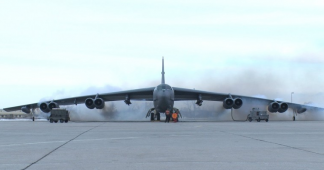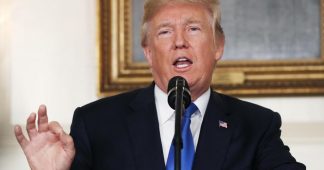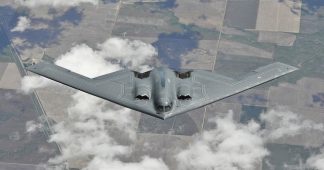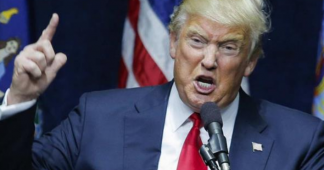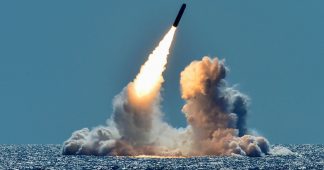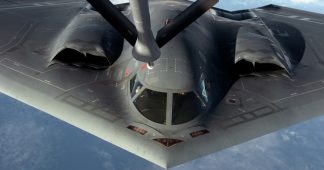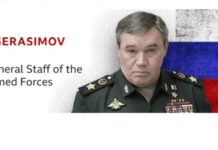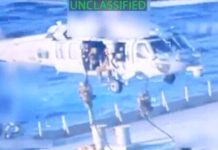By
Ten days before Donald J. Trump was elected president in 2016, the United States nuked Iran. The occasion: a nuclear war exercise held every year in late October. In the war game, after Iran sank an American aircraft carrier and employed chemical weapons against a Marine Corps force, the Middle East commander requested a nuclear strike, and a pair of B-2 stealth bombers, each loaded with a single nuclear bomb, stood by while the president deliberated.
“Testing our forces through a range of challenging scenarios validates the safety, security, effectiveness and readiness of the strategic deterrent,” Adm. Cecil D. Haney, then the commander of U.S. Strategic Command, said as the exercise got underway.
According to a government contractor who helped write the complex scenario leading up to the decision to use nuclear weapons, Global Thunder 17 (as the exercise was called because it took place in fiscal year 2017) focused on “execution of a combatant command strike at the tactical level.”
In English, this means using nuclear weapons in support of one of three “theater” commands in the Middle East, Europe or the Korean Peninsula. Though North Korea and Russia dominated the news at the time, the contractor says the Iran scenario was chosen because it allowed the greatest integration of nuclear weapons, conventional military, missile defense, cyber, and space into what nuclear strategists call “21st Century deterrence.”
“Our deterrence is much, much more than just nuclear weapons,” Adm. Haney said in a lecture at Kansas State University just days before Global Thunder 17 started. “If necessary,” he said, the United States “will respond at a time and place and domain of our choosing.”
The Iran scenario has never before been publicly divulged. All STRATCOM says of the 2016 war game is that it followed “a notional, classified scenario.”
Read more at https://www.newsweek.com/trump-iran-new-nuclear-weapon-increases-risk-crisis-nuclear-1481752
